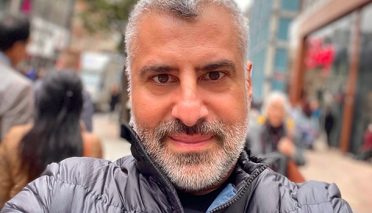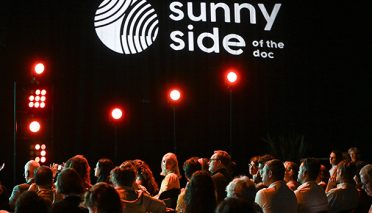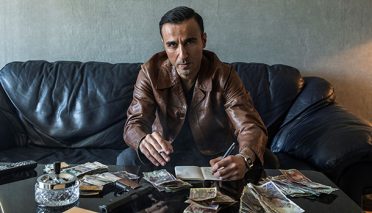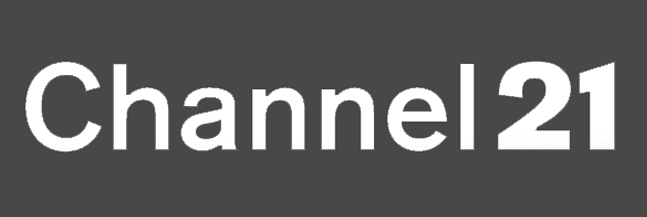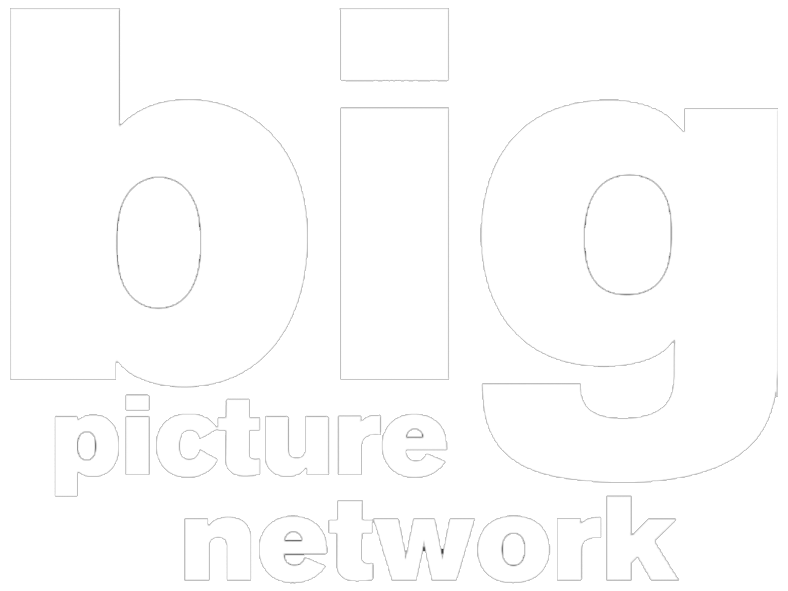 A 12-month period of relative calm for the industry has meant that Latvia’s TV3 is focusing on new TV advertising models and seeking more local content, says CEO Mindaugas Rakauskas.
A 12-month period of relative calm for the industry has meant that Latvia’s TV3 is focusing on new TV advertising models and seeking more local content, says CEO Mindaugas Rakauskas.
It goes without saying that the war in Ukraine, now entering its third year, has had an impact on the television industry in its near-neighbour Latvia.
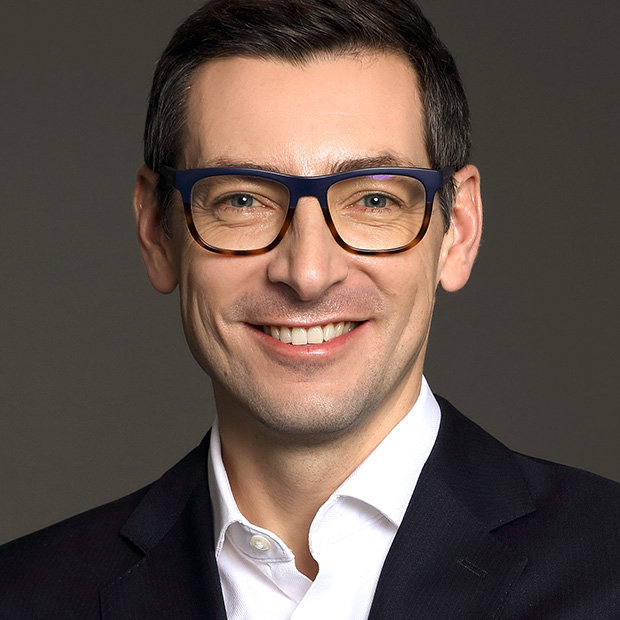
Mindaugas Rakauskas
However, according to Mindaugas Rakauskas, CEO of TV3 Group Latvia, one of the country’s leading commercial broadcasters, this was most acutely felt only in the first year of the conflict, which began in February 2022. It saw the banning of several channels in the country, mainly those originating from Russia.
This impacted the Russian-speaking part of Latvia’s population, but also “local media companies, including ourselves, who had been selling advertising on all those channels,” Rakauskas explains.
He adds that during this time everyone tried to come up with solutions to tap into the opportunity, undertaking several initiatives. In the case of TV3, these included restructuring its Russian-language channel TV3Plus to include the best Ukrainian productions, launching a new daily news programme for Russian speakers and a new TV channel named OTV together with Ukraine’s Film.UA.
Other initiatives included the launch of several new channels aimed at Russian speakers, including TV Extra, SuperBaltic and Super+.
This has now changed, Rakauskas says, to the extent that “during the last 12 months I would say we have this new reality, new normal, where new TV channels have more or less ended up with regular ratings. There haven’t been huge changes in the market from the broadcaster point of view.”
The recent stability in Latvia’s TV industry has been mirrored at TV3, which is part of the wider TV3 Group, operating free and pay TV channels across all three Baltic countries. According to Rakauskas, the business has not significantly changed since the launch of streamer Go3 in December 2019.
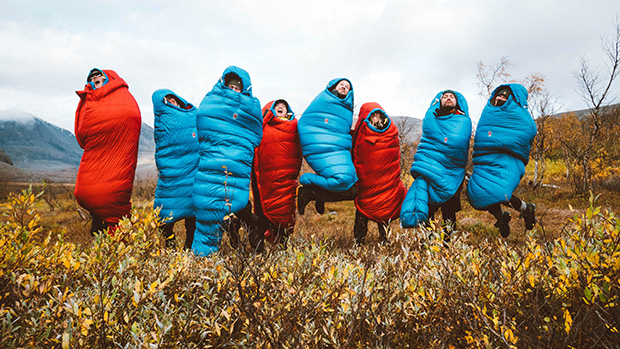
Within The Polar Circle sees celebs travel to the Artic region
“Four to five years ago we started on a relatively new path of restructuring, and we launched a new streaming OTT platform called Go3, not only for Latvia but for the Baltics,” he says.
But what is currently having an impact on TV3 as a media company and TV owner, says Rakauskas, are the clashes happening in public media in Latvia. “There is a huge fight for higher funding without any transparency about the matter and this has impacted the Latvian market as a whole.”
What this is likely to lead to, believes Rakauskas, is the national public broadcaster becoming much better financed and more of a threat to all platforms, including commercial media players.
Yet despite this, TV3 has been pursuing its own strategy and since early 2023 has been focusing intensively on an addressable TV advertisement project.
“Prior to that we had an AVoD service and also an info portal that we relaunched two years ago. But what we have been working on silently is launching addressable advertisements on the SVoD platform Go3, firstly not trying to change the user experience but rather going for dynamic ad insertion,” says Rakauskas.
The CEO adds that TV3 is planning to launch the service on to the market in the next couple of months. It will be a relatively new development for the Baltic region and Rakauskas says he will be able to share how it performs in a year or so.
TV3 sees the launch of addressable TV as its priority for this year and Rakauskas notes that its Baltic neighbours will also be rolling out services later in the year or in 2025. He adds that, as a first step, addressable TV will dynamically change ads in its linear channel streams, with the next steps possibly including classic pre/mid-rolls for its video library.

Chernobyl 2022 Invasion looks at what has happeed to the site since the Russian invasion
However, TV3 will also focus on maximising multiplatform (TV, radio and digital) products and their sales. Rakauskas also says that “although not planning any restructuring, we may consider launching more TV channels.”
While Hollywood studios and international companies operating OTT services are no longer restricting their content offering to buyers, Rakauskas says TV3 is unlikely to seek it out, instead focusing on local content.
“We have always been big on local content, and this is one of the unique selling points that also helps us to compete,” says the exec. “And, looking forward, I don’t think we’re giving up on that.”
Local content the broadcaster has aired recently includes Within The Polar Circle, a factual series in which celebrities and musicians travel to the Artic Circle; Chernobyl 2022 Invasion, a TV series based on true events that have happened at the Chernobyl site since Russia’s invasion of Ukraine; and Ecstasis, a 50 Shades of Grey-style TV series produced by Latvia’s Centaur Films.
However, Rakauskas admits: “The majority of local content will be in coproduction with free TV, with pay TV, with national cinema centres.” This is because quality content costs much the same as in bigger markets but there are fewer eyeballs in Latvia to help pay back investment.
“We are looking for all kinds of opportunities and in the coming 12 months we are going to be even bigger than we have been,” he claims.
On the subject of linear versus streaming, Rakauskas points out that while the change to on-demand viewing is happening much faster in the west than in Latvia, the legacy business is weakening.
Moreover, he says that Latvia’s viewing figures for TV don’t match those of some of its neighbours and near neighbours. “Viewing in Poland is closer to five hours a day, in Lithuania four and Latvia three, which is closer to Scandinavian markets,” he explains.

50 Shades of Grey-inspired TV series Ecstasis
Furthermore, the ban on Russian channels hasn’t helped, with Latvia’s Russian-speaking minority mostly switching off local media, which has impacted total viewing figures. Indeed, since the start of the war in Ukraine, nobody has found the “silver bullet,” as Rakauskas puts it, to speak to that minority.
Looking ahead, Rakauskas voices a note of caution too. Although TV3’s ratings have grown faster than its costs, he believes the latter will become a challenge despite the broadcaster historically being a “very efficient organisation.”
Rakauskas also believes that in a market the size of Latvia, consolidation and mergers/acquisitions are almost inevitable. But they are likely to be confined to the digital space, with only a couple out of 10 or more local portals actually earning money, he suggests. Media companies that own TV networks and produce TV channels, on the other hand, are all making profits and reinvesting them in their businesses.
Reflecting on Go3, Rakauskas says that when TV3 started its streaming journey in the Baltics, everyone was in favour of launching a local Netflix. Indeed, there was even an internal project named Baltflix and the expectation was that it would not be based on linear viewing.
Although it was quite early for TV3 to “jump into the space,” Rakauskas says, the popularity of Go3 these days is down to the lessons it learnt in the three Baltic countries. At first it was expected to be a library of content, but TV3 decided to include live TV streams as a nice-to-have feature. Although not meant as a business driver, it’s proved to be just that and one of the key points of its success.
Today, Go3 is more than a regular international platform streamer like Netflix and Disney, says Rakauskas, but rather “an alternative hybrid streamer and operator that also offers channels.” On the one hand, Go3 appeals to the “more progressive part of society” that is looking for a content library and archive; on the other, it is being sought out by those looking for linear programming.
Go3 has already reached the landmark figure of half-a-million subscribers across the Baltics, equivalent to 20% of households, and Rakauskas says that the figure of one million is already being thought about.
Indeed, subscriber growth is a topic for discussion in the Baltics, but for digital info portals rather than TV services. The Estonian market is highly developed in terms of subscriptions, according to Rakauskas.
While Rakauskas is happy with the success TV3 has had so far with Go3, he and his colleagues are already “looking out of the classical boundaries” and entering areas such as event organisation and ticketing platforms. Alongside this, he is looking at expanding into production in the social media space.
Although there have, as yet, been no “big results” from this in the Baltics, there has certainly been a lot of effort and, in Rakauskas’ view, such ideas will be pursued by the market in the year to come.




